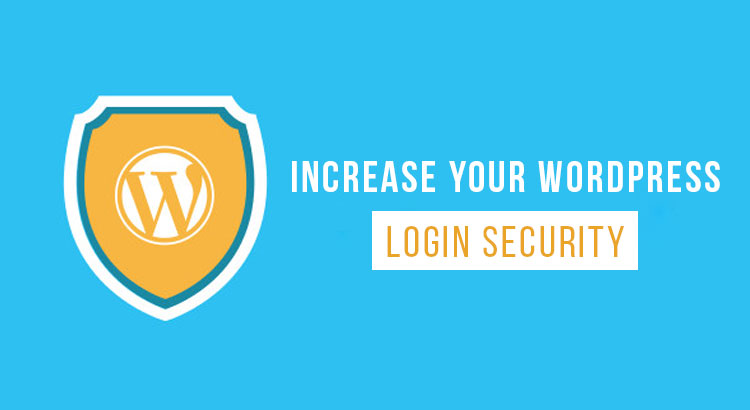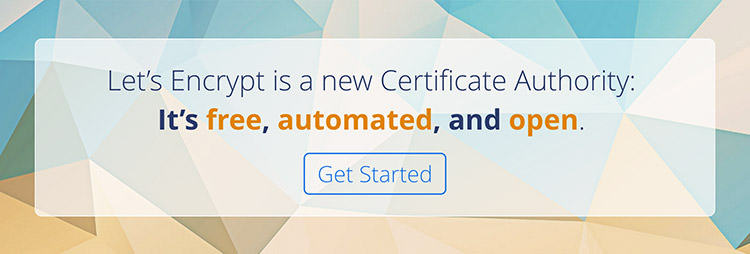Tips To Increase Your WordPress Security In 2018: No matter the size of your website, shedding your site data or otherwise not being able to access your personal website can be a stressful experience. WordPress, which powers greater than 25% of the Web, is among the most targeted websites for hackers. In this blog post, we will certainly be taking a look at a few tips to make your WordPress site harder to breach.
Below are 8 Tips To Increase Your WordPress Security In 2018.
You may also like: Tips to Improve MongoDB Security
1. Bcrypt Password Hashing
WordPress was begun in 2003 when PHP and the Internet as a whole were still in their early days. Facebook was not around yet, PHP did not even have OOP (Object-oriented Programs) design built-in; hence, WordPress inherited heritages that are not suitable today – including just how it encrypts the password.
WordPress to today still utilizes MD5 hashing. Primarily, just what it does is to turn your 123456 passwords into something like e10adc3949ba59abbe56e057f20f883e.
Nevertheless, given that computer systems are currently much more advanced than One Decade ago this hashed password could now be conveniently reversed into its bare form virtually quickly.
PHP has natively encrypting since 5.5 as well as If your WordPress is running in PHP5.5 or above, there is a handy plugin called wp-password-bcrypt that permits you to welcome this native energy in PHP.
Install as well as activate the plugin with Composer or through MU-Plugins. Re-save your password as well as you are good to go.
2. Enable WordPress.com Protect
Brute-force is a common hacking effort where attackers try visiting your website by thinking many feasible passwords, typically words discovered in the thesaurus. This is the reason that you need to establish a hard-to-guess password.
Automattic, individuals behind WordPress.com, has acquired one of the most prominent WordPress plugins that could counter brute-force attacks. It is called BruteProtect, as well as it is incorporated with Jetpack.
Based on our experience, it has actually significantly assisted us to deal with brute-force attacks greater than near a million times.
Jetpack Dashboard Widget reporting the variety of attack and spam came across.
To obtain it, you should install Jetpack’s newest variation as well as connect your website to WordPress.com. After that enable the “Protect” module, as well as white-listing your very own IP address also.
3. Hide Your Login URL
WordPress is very popular for the login web page, wp-login.php. Hence hackers recognize which specific web page to direct their brute-force attacks. You can make it harder for them by camouflaging your WordPress login LINK.
Fortunately, there are a couple of plugins that offer this energy:
4. Disable “Forget Password”
The “Forget Password” energy in the login form is a way in for aggressors, who normally experience an SQL injection to obtain your login qualifications. If there are only a few individuals that have access to the admin location, it could be better to change it off.
5. Enable HTTPS
HTTPS offers your site an extra layer of safety with data transmission. It could also offer you a boost in Google search positions. And also now you could get valid HTTPS cert absolutely free through the common initiative Let’s Encrypt.
For WordPress websites, you can easily acquire a Let’s Encrypt certification with WP Encrypt. So there is no reason why you must not release HTTPS on your website today.
You may also like: 5 Important Tips To Protect Your E-commerce Website From Hackers
06. Modification of old defaults
New WordPress sets up to make you pick a custom username for your admin account, yet if you mounted your site a while ago, your admin account may have the default name of ‘admin’ this makes it less complicated for hackers to think your login qualifications as half the work is already provided for them. Change the default admin username to another thing to boost security. You can do this manually via the database in the wp_users table, or you can develop a new admin account and remove the old one via the Admin panel (make certain to attribute all the old account articles to the brand-new one).
You can also transform the default database prefix to something besides wp _ to add an additional layer of obscurity to your default configurations. The easiest method to do this on an existing install is through a plugin, yet backup your databases initially.
07. Install trusted plugins
There’s a lure to install as lots of plugins as you have problems to address, yet way too many plugins could trigger bloat and one unstable plugin can trigger a security threat. Constantly examine that plugins are credible before mounting. Download and install via the official WordPress interface or website, and also always examine the celebrity score as well as reviews for negative comments that could suggest a security flaw.
Plugins are produced by designers with all different degrees of capacity. Despite the fact that plugins are vetted before being contributed to the WordPress site, you should always do your personal research study to make certain the code you are installing is solid.
The WordPress internet site will tell you how old a plugin is when it was last updated, and most notably, if it works with your version of WordPress. A plugin that has not been updated in a while is not necessarily a poor one, it may simply mean it hasn’t required an upgraded in that time. Check for recent evaluations to confirm the plugin is still practical, and that it’s still suitable for your variation. An old plugin with recent reduced celebrity reviews and also an unknown compatibility is worth staying clear of.
Routinely delete extra styles and plugins, as also a shut off plugin can be a security threat if a susceptibility is discovered and exploited. Keep your plugin directory site clean. You should only have actually plugins installed that you are presently using. Examine older plugins when you update to see if they’re still compatible.
Evaluation your plugins periodically to make sure you still have the best one for the work. There could be a new plugin that integrates the attributes of a few that you already have and may be much better sustained, much more safe and secure and also simpler to keep.
08. Install security and also anti-spam plugins
Lots of security features can be added with an extensive security plugin, such as iThemes Security or Sucuri, both of which both have complimentary as well as premium variations. Security plugins feature a collection of tools to lock down susceptibilities on your site such as those already pointed out in this post; from concealing your variation number to set up two-factor verification for logins, the attribute lists are typically substantial.
These kinds of plugins can be indispensable in making your WordPress website safer, as well as a lot of security plugins, are easy to use with single-click setup for the most crucial features, and also an optional installation for the more advanced or intricate features. This makes them perfect for WordPress novices, as there’s no coding needed to get a well-protected website in mins. Advanced users will certainly have access to attributes that can further safeguard your website, such as folding unwanted access to protocols such as XML-RPC, as well as upgrading the WordPress salts made use of in encoding.
Such plugins will assist to protect your site versus strength and DOS strikes, which could take your websites offline if there are too many tons on the server. They could also tighten the login process with extra levels of security to stop your individual accounts being used as an approach to attack. Malware scanning and task logs keep documents of any kind of suspicious behavior or corrupted declare testimonial, warning you of any kind of assaults underway and providing you an idea of where your website’s susceptibilities exist so you can settle them.
Some security plugins also feature backup alternatives, for that extensive service. Having all your security needs arranged by one plugin suggests that the functions are easy to organize, with much less risk of a problem in between comparable plugins. See to it you do your study, nevertheless, as this plugin is mosting likely to be the important things standing in the means of your site and also any individual wanting to create it damage. You will certainly need to choose one that will get the job done admirably..
Additionally, an anti-spam plugin such as Akismet will keep spammers from clogging up your site with unrelated comments. If your security plugin isn’t really currently doing so, it can aid the security plugin by adding an extra layer of security to your neighborhood interaction by utilizing validation tools like CAPTCHA and also other anti-bot devices making certain only actual individuals are commenting. An anti-spam plugin helps maintains your website clean, along with your database behind the scenes. Screening for useful comments has actually the included perk of offering your content more weight by only showing correct involvement from visitors..
Each plugin includes its very own various tools, so compare the alternatives for something that fits your demands. Think about premium variations of plugins for extra attributes since this is an integral part of your website as well as usually speaking, paid plugins will give you one of the most comprehensive service. Preferably you want a collection that covers at the very least the fundamentals of security, such as the various other ideas called in this write-up.




